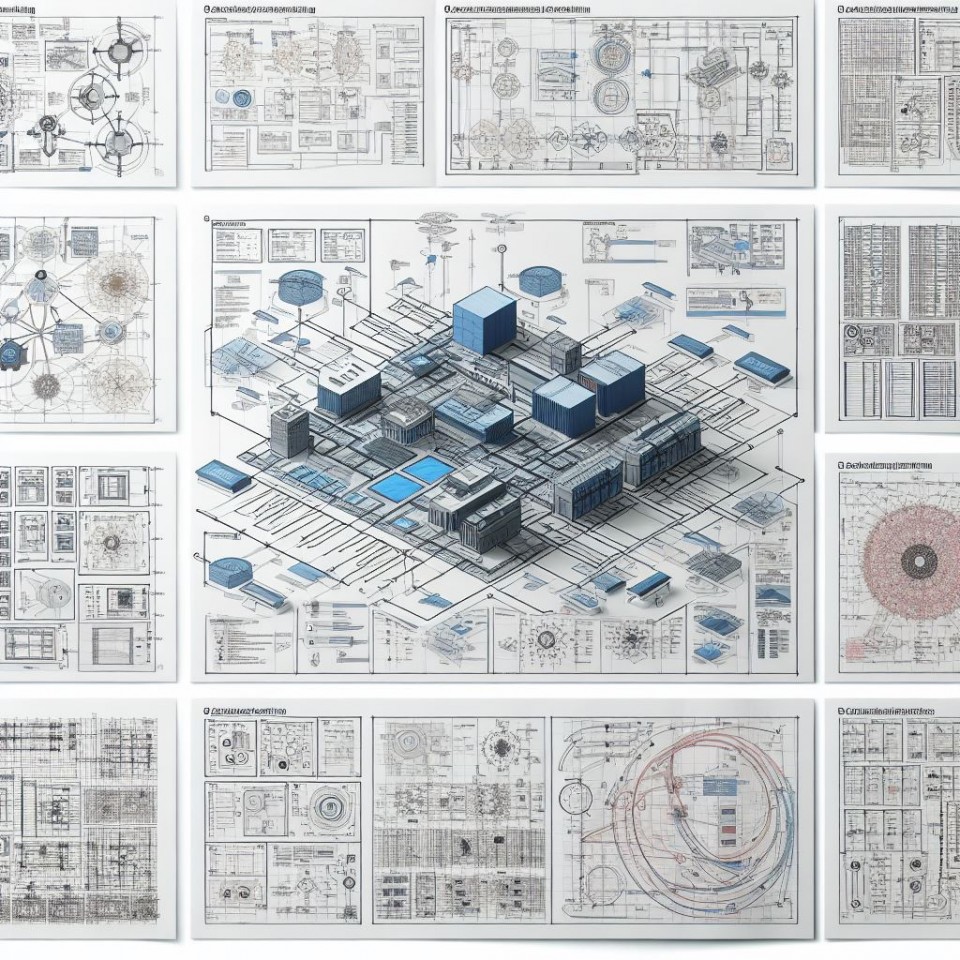What Does MBSE Require?
Model-based systems engineering (MBSE) is a modern methodology that supports the different system components, such as design, requirements, validation etc. When it comes to digital modeling, MBSE provides a lot of key advantages that different approaches like document-based systems engineering (DBSE) simply can’t provide in such an effective way.
Those numerous benefits have led to rapid increase of MBSE usage among companies, as it helps tremendously and saves costs, by reducing development time. MBSE is quite common these days also because it improves the ability to produce a well-functioning, stable software. Alongside all those key advantages, it’s important to mention that there are different MBSE requirements, which companies would have to meet if they are interested in utilizing it. During this article, we would address everything there is to know about MBSE tools and its requirements.
It All Starts with Describing the Problem
Usually, the turning point in the process of each project or system is the system's requirements - as an initial description of the obstacles that future systems developers and designers aim to solve. Requirements can also describe physical and logical aspects of those future systems. They can appear in the form of a document that describes different user’s needs, alongside the possible outcomes of different advanced business-analysis processes. Before all those requests can be put into one of the MBSE models, it’s important to understand that requirements need classification. While they are various type of requirements that can be addressed in the same model, here are three main examples:
• Business requirements - Business requirements can usually be described as High-level statements of the objectives or goals of a certain organization. They represent different problems or opportunities that pertain to the organization or the company.
• Users requirements - Alongside business requirements, it is also important to notice the different user's requirements. Those requirements are Mid-level statements of the demands of a particular stakeholder or a group of stakeholders. Usually, those requirements describe the way that one wants to interact with the solution intended. Users' requirements are situated between the high-level requirements and more defined solution requirements quite often.
• System requirements - Systems requirements are detailed statements of various aspects, such as behavior, capabilities, and information that the suggested solution will need to include alongside the derailed statements of the conditions that are needed to make sure the solution will remain effective. Usually, system requirements will also include non-functional requirements, which are often being referred to as quality attributes such as usability, security, modifiability etc.
To Summarize
In the modern world we live in, more companies and organizations started to realize how effective it is utilizing MBSE tools. That’s the main reason we decided to give you a comprehensive understanding of the different requirements that model-based tools demand to work effectively.
Do you need help developing complex systems? We invite you to read more about Panda Tech and the services we offer to organizations here.

